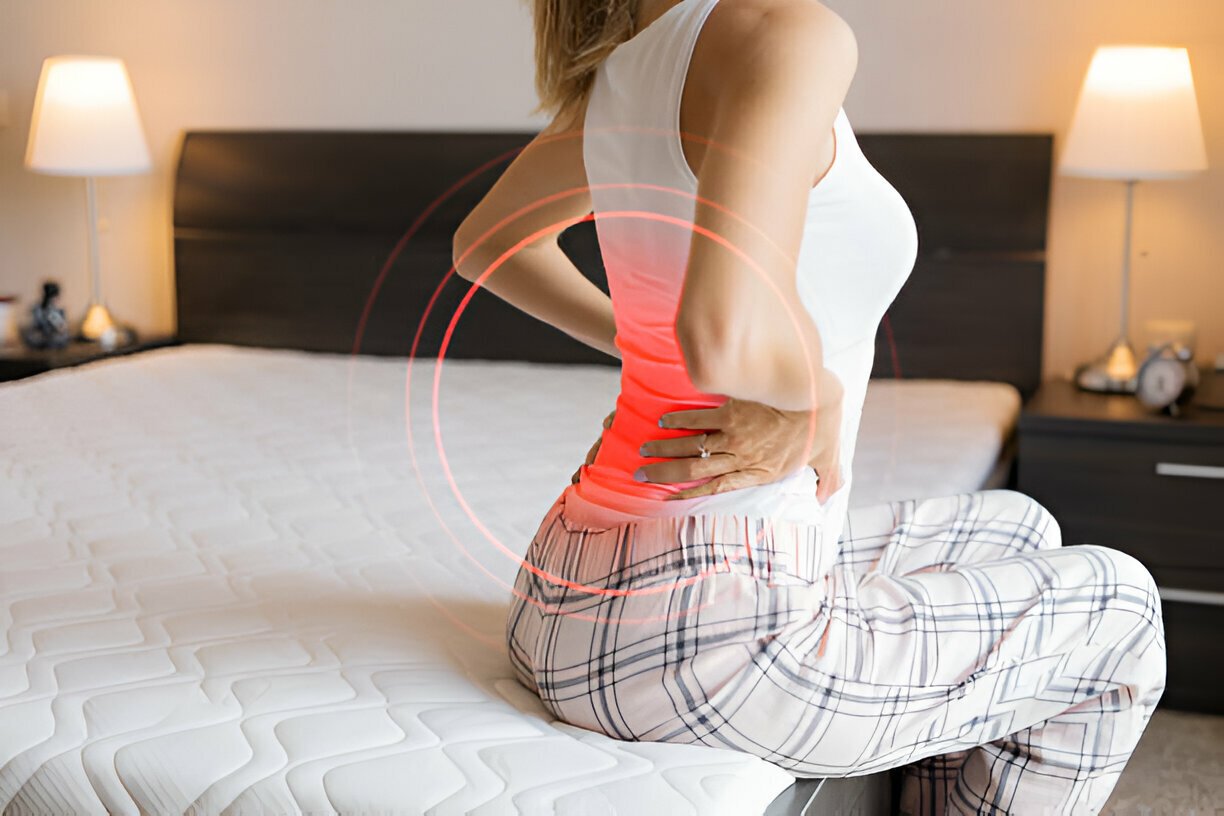Table of Contents
How To Tell If Back Pain Is Muscle Or Spine
Introduction
Back pain is a common foe, but deciphering its source can be tricky. Is it a simple muscle strain or something more concerning like a spinal problem? This article sheds light on the key differences between muscle and spine-related back pain, empowering you to make informed decisions about seeking help.
Muscle Strain Vs. Spinal Pain: Unveiling The Differences
While both muscle strain and spinal problems can cause back pain, the underlying cause and characteristics often differ. Here’s a breakdown of the key distinctions:
-
Location:
Muscle pain is usually localized and feels achy, sore, or tight. It may worsen with specific movements or when pressing on the affected area. In contrast, spinal pain can be deeper, duller, and radiate to a broader region. For example, a herniated disc might cause pain radiating down the leg.
-
Pain Characteristics:
Muscle strain typically presents as a sharp or achy pain that improves with rest and over-the-counter pain relievers. Spinal pain can be constant, throbbing, or burning, and may not respond well to medication.
-
Accompanying Symptoms:
Muscle strain often stands alone. However, spinal pain might be accompanied by additional symptoms depending on the affected area. This could include numbness, tingling, weakness in the legs, or bladder/bowel control issues.
-
Sudden Onset:
Sudden and severe back pain, especially after a fall or accident, is more likely a muscular strain or a serious spinal injury like a fracture. Both require immediate medical attention. Spinal pain from conditions like disc degeneration typically develops gradually.
Additional Tips
-
Track Your Pain:
Keeping a pain diary can help you identify patterns, such as activities that worsen the pain, and communicate effectively with your doctor.
-
Maintain Good Posture:
Proper posture reduces stress on your spine and helps prevent both muscle strain and spinal problems.
-
Stay Active:
Regular exercise strengthens core muscles that provide support and stability to your spine, reducing your risk of back pain.
FAQs
-
Can I Treat Muscle Pain At Home?
For mild muscle strain, rest, applying heat or ice, and over-the-counter pain medication can be helpful.
-
What Tests Can Help Diagnose The Cause Of Back Pain?
Your doctor may recommend X-rays, CT scans, or MRIs to visualize your bones, muscles, and nerves.
-
What Are Treatment Options For Muscle Pain?
Treatments for muscle strain can include physical therapy, massage therapy, muscle relaxants, and anti-inflammatory medications.
-
What Are Treatment Options For Spinal Pain?
The treatment for spinal pain depends on the underlying cause. It may involve medications, injections, physical therapy, or even surgery in some cases.
-
How Can I Prevent Back Pain?
Maintaining good posture, exercising regularly to strengthen core muscles, and practicing safe lifting techniques can all help prevent back pain.

Conclusion
While differentiating between muscle and spine-related back pain isn’t always straightforward, understanding the key differences empowers you to take better care of your back. If your pain is severe, sudden, or accompanied by concerning symptoms like numbness or weakness, seek immediate medical attention. Early diagnosis and appropriate treatment can significantly impact your recovery and well-being. Remember, a healthcare professional can provide a definitive diagnosis and guide you towards the most effective treatment plan.
Disclaimer: This article provides general information only and does not substitute for professional medical advice. Always consult your doctor for diagnosis and treatment.
References
- American Academy of Orthopaedic Surgeons. (2022, April 12). Low Back Pain. https://orthoinfo.aaos.org/en/diseases-conditions/low-back-pain/
- National Institute of Arthritis and Musculoskeletal and Skin Diseases. (2021, December 1). Low Back Pain. https://www.webmd.com/back-pain/ss/slideshow-low-back-pain-overview
Discover more from Pain Relief Methods
Subscribe to get the latest posts sent to your email.

